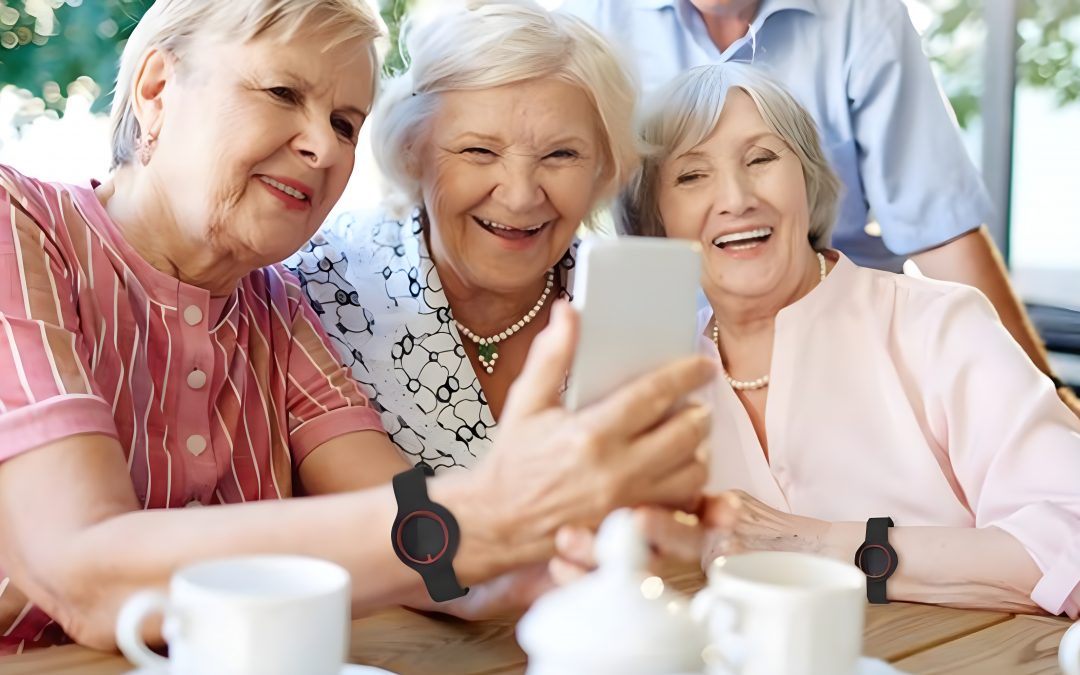In today’s world, staying safe and secure is a top priority for everyone. That’s why connected personal wearables, equipped with advanced connectivity features, have become a game-changer.
They provide individuals with instant emergency alerts and assistance, giving us peace of mind like never before. One of the key factors driving the adoption of these innovative solutions is the growing awareness of personal safety. We all want to feel protected, whether we’re out and about or in the comfort of our own homes.
With Yorbl, you can rest easy knowing that help is just a tap away. Moreover, as our population continues to age, the need for reliable personal safety solutions becomes even more pressing.
Yorbl understands this and has developed state-of-the-art solutions that cater to the unique needs of seniors, ensuring their well-being is prioritized. But Yorbl doesn’t stop there!
Integration with smart home systems takes personal safety to a whole new level. Seamlessly connecting with your existing devices, Yorbl’s alarms become an integral part of your smart home ecosystem.
Imagine the power of receiving emergency alerts on all your connected devices, ensuring you never miss a crucial notification.
Thanks to the magic of AI and machine learning, Yorbl’s connected solutions enhance their functionality beyond what we ever thought possible.
These intelligent systems learn from your habits and patterns, adapting to your needs over time. With Yorbl, your personal safety solution becomes personalized to you, providing an extra layer of protection. Curious to learn more?
Visit the link below to explore the Connected Personal Alarm Market Forecast 2024 to 2032


